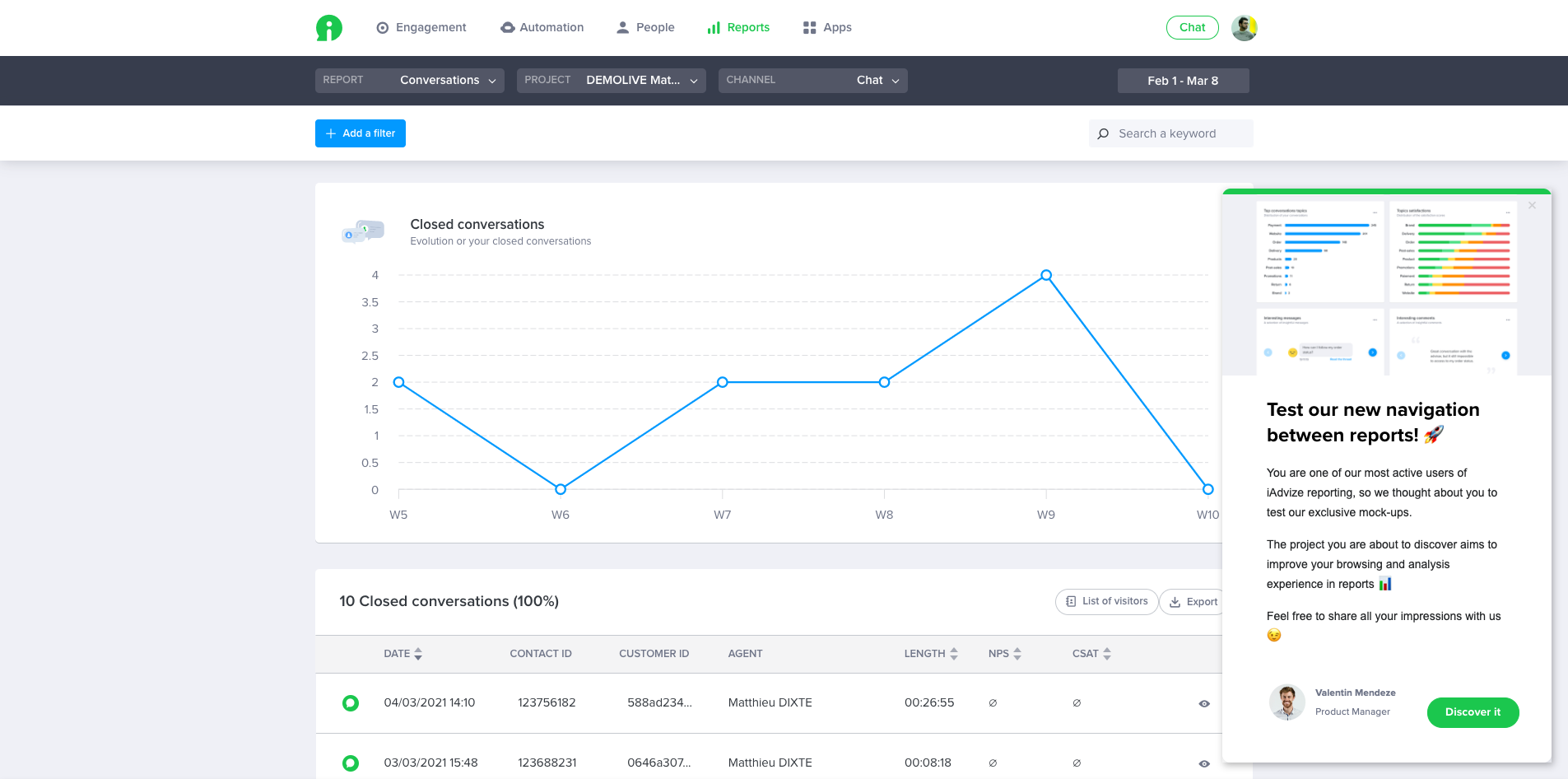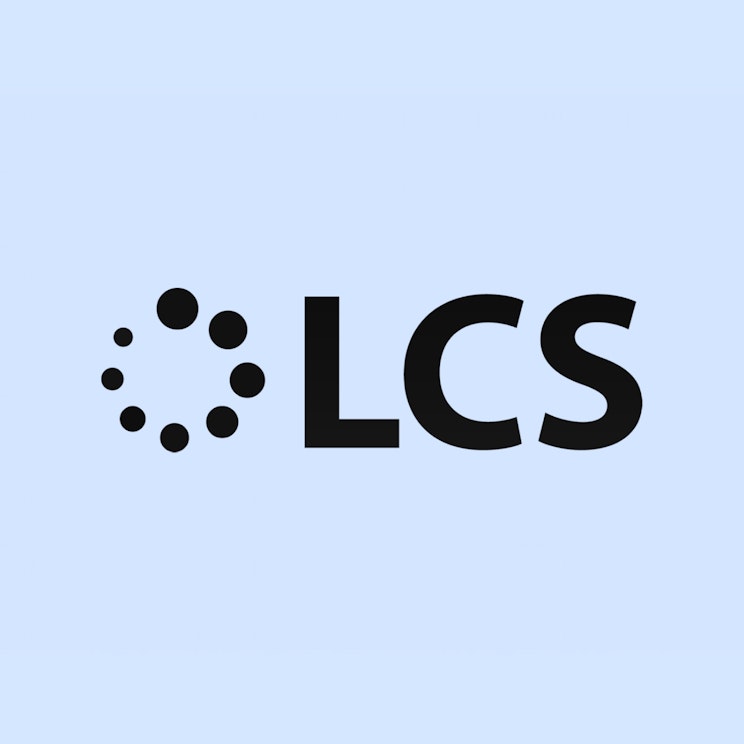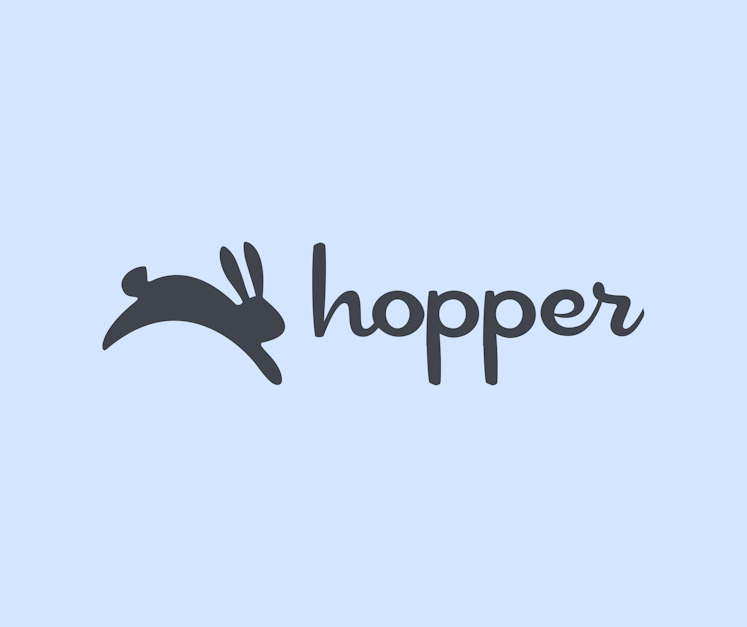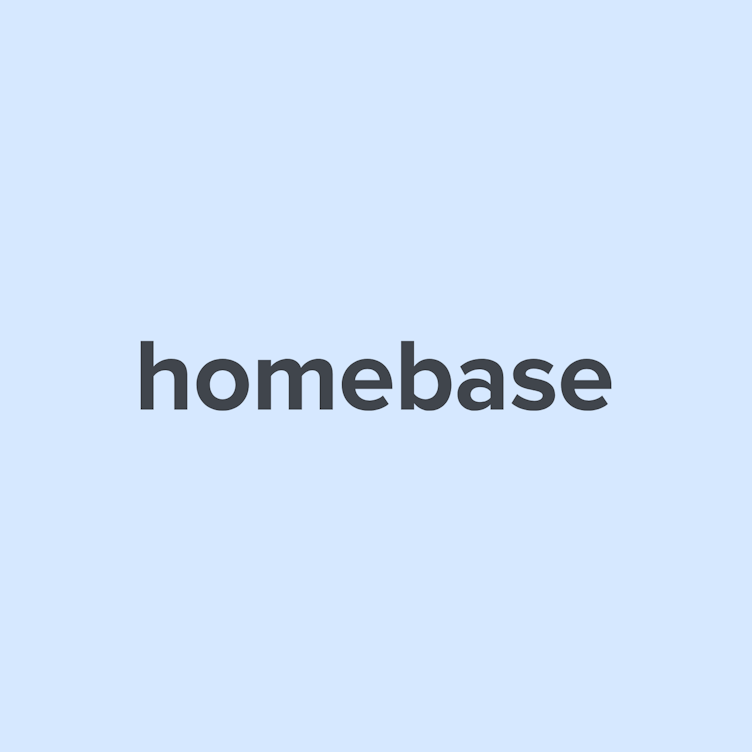

How iAdvize amplified successful product launches with Maze
Learn how iAdvize elevated their platform's user experience and reduced resource restraints while tripling testing with Maze.
About iAdvize
iAdvize has created a conversational marketing platform that enables their customers to detect contact opportunities anywhere online and provide experts to answer customers’ visitors in real-time.
Industry
Tech & Software
Opportunity
Enable a more efficient and reliable method of user testing to enhance their platform's user experience and reduce resource constraints.
Key Maze features used
Prototype Testing
Share
3x
user tests performed
Outcome
Implementing Maze enabled iAdvize to triple their user testing quantity, allowing the team more time for data analysis and design work. As a result, they were able to enhance their platform's user experience and reduce the resources required for testing, leading to satisfied customers, a more efficient team, and more confident communication of new releases to clients.
Driven to make global brands conversational and human, iAdvize has created a conversational marketing platform that enables their customers to detect contact opportunities anywhere online and provide the best experts to answer customers’ visitors in real-time. Founded in 2010, iAdvize now helps more than 2,000+ brands across 100+ countries across the globe offer messaging communications with their customers.
To enable them to serve enterprises like L’Oréal, Air France, and TUI, iAdvize places great pride in delivering an exceptional user experience. We spoke to Matthieu Dixte, former Insights Analyst and now Product Researcher about how they continue to raise the standard of human conversation to their users customer’s.
Matthieu's main priority is to focus on areas of improvement found during testing, and provide a story, backed up by data, to the business. Process-wise, this has presented several challenges.
Historically, iAdvize carried out a lot of analysis after product and feature launches, but found this was actually costing the business more time and money. This was because releasing updates without much research prior to development, meant features and updates had to be re-developed and re-released. In turn, that had a negative impact on product adoption, as releasing updates with usability issues caused customer frustration and hesitation from CSMs to communicate feature updates to their customers.
Exploring testing methods in order to scale
Before bringing in Maze, iAdvize trialled two methods of testing but neither were scalable or offered enough data to tackle the friction points before development.
The first method was made up of using static InVision prototypes and then arranging a screen-share call, between the designer, client, product manager, and the customer success manager. Coordinating diaries across teams was time consuming to arrange, and with the qualitative nature of the research it also meant that they didn’t have a lot of data to base decisions on.
When Matthieu joined, they rolled out a new method based on an integration he set up between HotJar and static mockups. However, this also became resource-heavy as coding to enable the integration for each project took dedicated time. On top of that, Matthieu found that there were limitations to the static prototypes in the design tool they were using, which meant the design wasn’t consistent with the intended finished product.
Both approaches offered limited data results and took time away from the designer or researcher's main responsibilities. The result was less testing and confidence in their findings.
Bringing Maze onboard
When searching for the right user testing tool to move forward with, they found that Maze’s range in offering provided them with the feature set they needed to scale testing at iAdvize.
“We use a mix of User Testing and Discovery projects to unearth direction before designing and testing,” Matthieu explains. “Maze's integration with Figma has allowed testers to experience a prototype closer to that of the intended developed product. This is due to the maze being capable of animations and all of Figma's features.”
With Maze, we do three times the amount of user testing than we could before.

Matthieu Dixte
Product Researcher
Share
With Maze at their side, Matthieu has found new ways to scale user testing at iAdvize. They built an in-app notification system that targets specific customers based on their product usage and invites them to test new and relevant features. If accepted, they're linked to a Maze test to complete, where their email is then cross-referenced with iAdvize’s own database for record.

iAdvize’s in-app notification tool that sends users to Maze to provide product feedback
Bringing Maze onboard has enabled their team to do three times the amount of user testing than they’d previously been able to do. With the little time it now takes to run user testing, without HTML and team schedule organization, the team is able to invest more time into analyzing the data they get.
“Designers are spending more time on their designs and animations, whilst also ensuring the designs are as accurate and consistent to the real product before testing.”
The impact of testing rapidly
“Every result we get from a test helps us validate ideas and makes designing much easier for the next iteration.” As a result, the customer-facing team is now communicating new releases to their clients with confidence. This has brought on new ways for the team to measure the success of new features.
Using their own UX KPI, Matthieu uses Maze to detect the attractiveness and practicality of features using the formula: Usability Magnitude Estimation (UME) + an Open Question (after each Mission) + UX Certified KPI that best fits the project. For example AttrakDiff, a questionnaire that proposes a measurement of UX on two dimensions: Pragmatic Qualities and Hedonic Qualities. In Maze, for example, one mission may focus on a particular feature such as co-browsing, where the associated questions for this mission would be an Opinion Scale to determine whether the results follow a positive or negative trend.
“To add a qualitative edge to the quantitative data we collect, we like to use Open Questions to follow up on testers’ thoughts.”
Through bringing Maze to their user testing process, iAdvize are able to: test at scale, gain quantitative data on complex prototypes via the Figma integration, and then gather the qualitative data to associate with specific areas of the product. As a result, they’re able to elevate their platform’s user experience with less resource requirements, making for happier customers and team.



